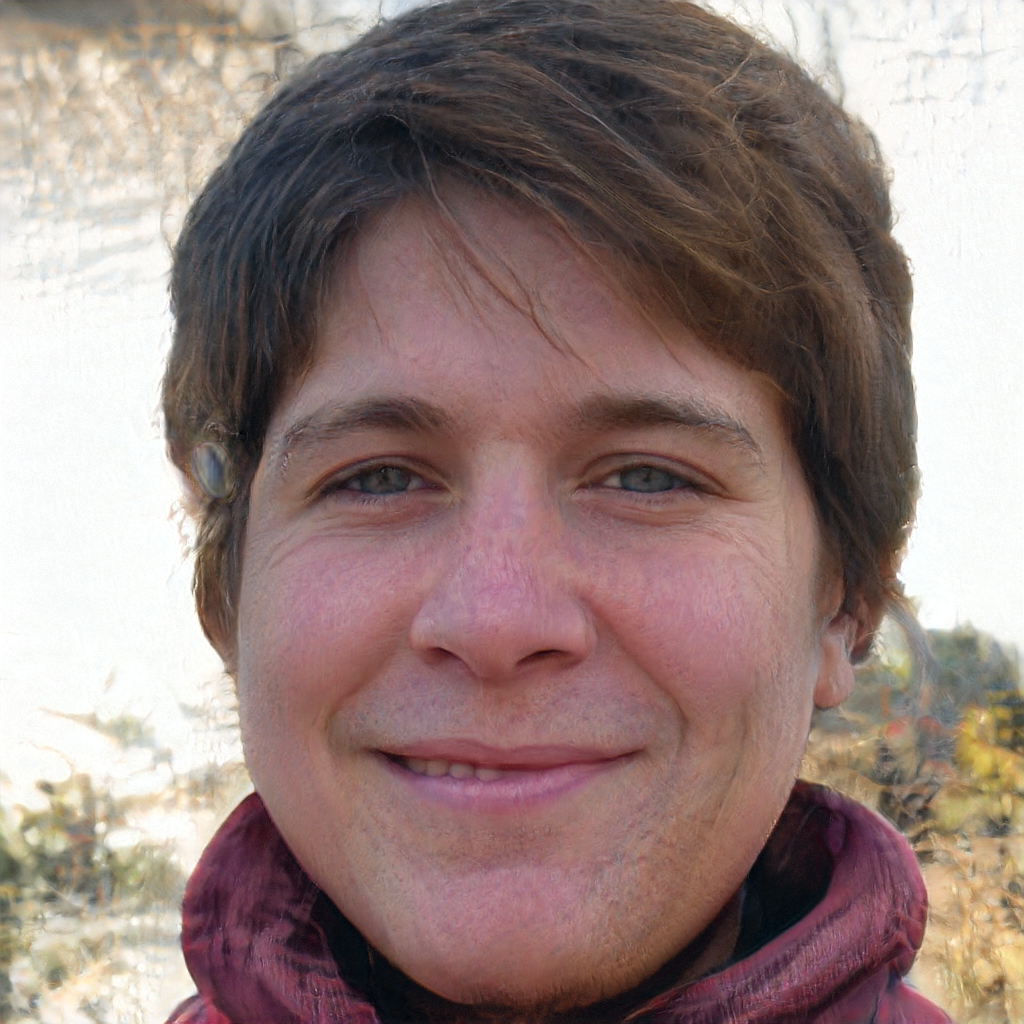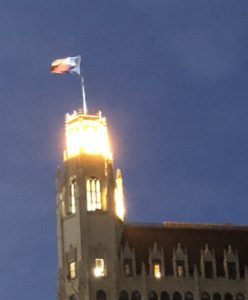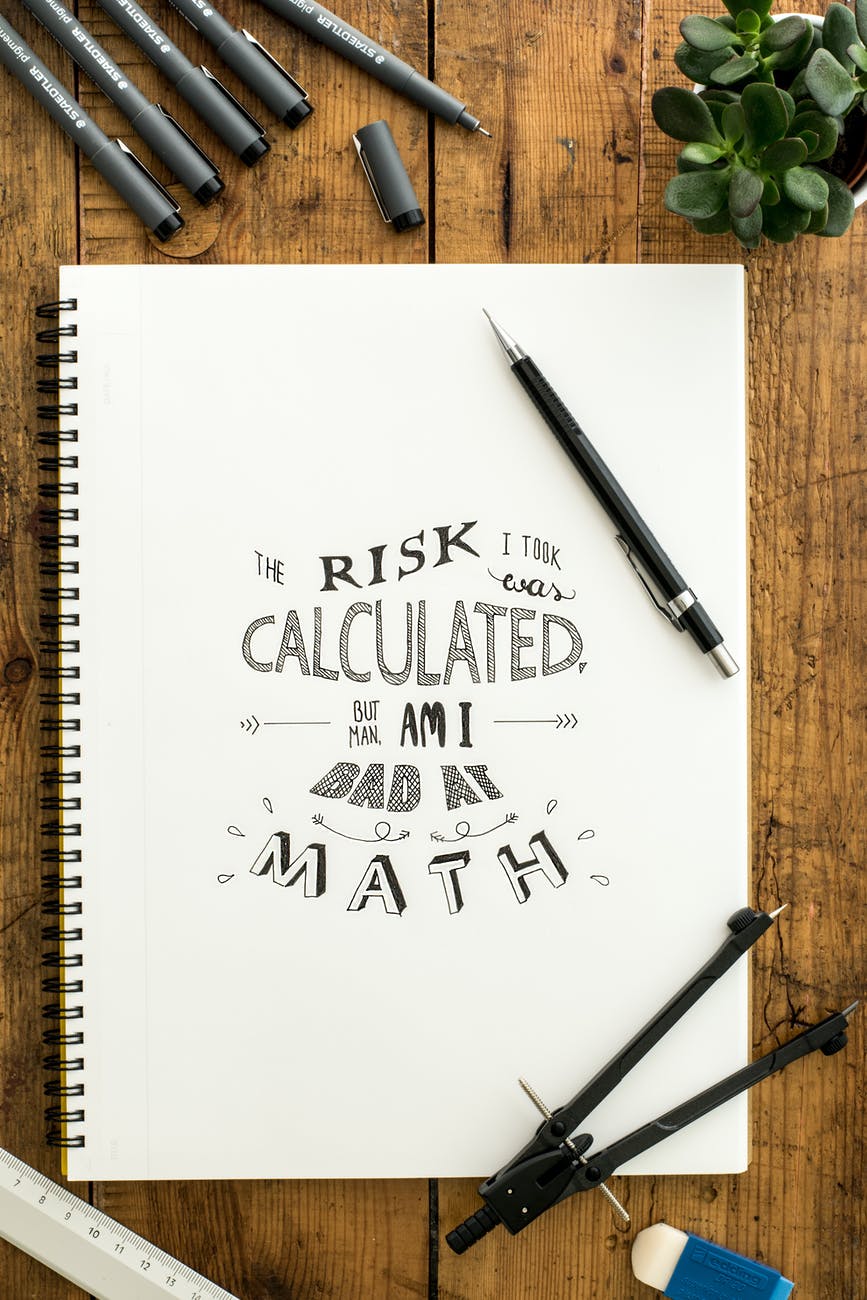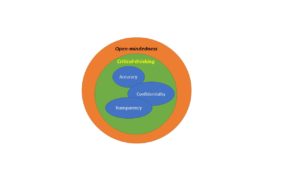CYBERLAW: Who owns what “information” on the Internet?

A VERY Quick Analysis of Judge Frank Easterbrook, US Court of Appeals, 7th District’s Opinion on Internet IP
Information on the Internet is the “intellectual property” (IP) of the person or corporation that produced and posted it.
Judge Easterbrook remarked that:
“Intellectual property is no less the fruit of one’s labor than is physical property,” (Spinello, 2007, p. 12).

Judge Frank Hoover Easterbrook
Unless the individual or corporation affixes a legal notice or copyright protection symbol to the particular posting then the information is in the public domain. That is the only reasonable way to protect one’s intellectual property from use or misuse.
An individual or the legal entity, such as a corporation, should own their own developed and published information. Anything unique is an “original form or expression,” (Spinello, 2007, p. 14), published on the Internet is a form of intellectual property. However, the best legal protections are best served through copyright protections.
A blogger who fails to place a legal notice or copyright symbol on his respective work has automatically offered his ideas and comments to the public domain.
The Internet is a form of media just like a newspaper, a journal, or a book. The laws of copyright and intellectual property should afford the same amount of rights and protections to Internet publishers and companies that use it to conduct trade or inform the public.
Who do you think owns information on the Web??
**Frank Hoover Easterbrook (born September 3, 1948) is a United States Circuit Judge of the United States Court of Appeals for the Seventh Circuit. He was Chief Judge from November 2006 to October 2013, and has been a judge on the court since 1985 (Wikipedia).
Reference:
Spinello, R. A. (2007). Intellectual property rights. Library Hi Tech, Vol. 25 No. 1, 12-22.

Ms. Columbus has worked in the Intelligence Community (IC) for over 20 years. She retired from the US Air Force in 2014 after working as a Senior Advisor providing authoritative advice on all aspects of Cyberspace operations, force structure and organizational concepts. She oversaw strategic support activities to enable the right mix of cyber capabilities for future operations.









